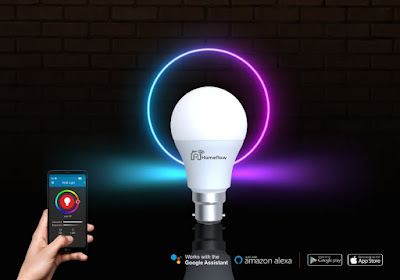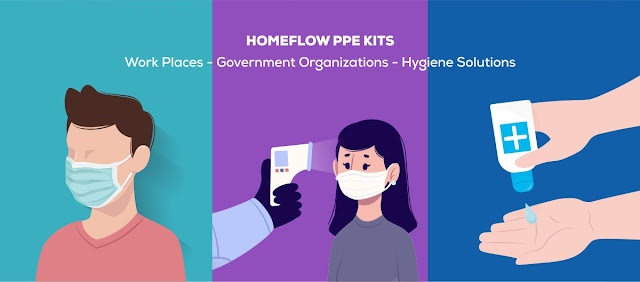Guide to E14 LED bulbs
Our handy guide to E14 bulbs will give you
everything you need to know to make switching over to energy-saving lighting
easier than ever.
An E14 bulb is one of the most used bulbs
in our homes today and is also called the bulb with the small screw socket. It
is the little brother of the E27 bulb that we know as the old-fashioned light
bulb. The bulb is called E14 because it refers to the socket: 14 millimeter
diameter. A bulb with an E14 socket always has the same base but can differ in
shape.
What
is an E14 LED bulb?
E14 bulbs are the ones with a screw base.
Don’t get them confused with E27 bulbs, which have a screw base too, but are
wider for larger fittings – SMART LED BULB E14
There is absolutely no difference in the shape,
size and fit between E14 LED and E14 halogen bulbs, so you can just screw in
your new LEDs and start saving straight away.
What
wattage do we need?
LED bulb’s brightness is measured in
lumens. For example, a bulb with 300-350 lumens is comparable to 40w
halogen/incandescent bulb.
Using lumens as a measurement is the most
accurate way of determining the brightness of a bulb. This is because
brightness is affected by other factors, such as light colour and beam angle –
narrower beam angles produce a more concentrated (and in turn brighter) light.
At Homeflow, we specify the rough
wattage-lumen equivalents to help you make an informed decision when you
purchase.
What
colour of light is best?
One of the big benefits of LED bulbs is
that you have a number of different light colours to choose from, ensuring you
have control over the ambience.
LED colours are measured in Kelvins. The
lower the Kelvin rating the warmer the glow, the higher the Kelvin rating, the
whiter the light.
What
does an E14 bulb look like?
An E14 bulb comes in different shapes and
sizes, but the most famous is the candle shaped bulb. This one comes in both a
curl shape and the standard candle shape. We often see this bulbs in
chandeliers. But we also see the E14 back in other lamps such as: reading lamps
and table lamps. But also oven lamps often need an E14 bulb. Because the E14
bulb is available in different sizes there is something for everyone, matt or
clear, large or small, round or oval and in even in a spot shape.
Do
you want to switch to E14 LED bulbs?
If you want to make the switch to LED bulbs
it is important that you know which wattage your current bulb is using. In the
past, the wattage was equal to the amount of visible light. This is not the
case with LED bulbs. When choosing the right LED bulb it is important to make a
choice for the light output that the bulb emits, we call this lumen. If you use
the filter on the left side of the page to choose the right E14 LED bulb.
Are
E14 LED-bulbs dimmable?
Yes they are! With dimmable bulbs it is
possible to adjust the amount of light. In fact you will use less energy
because the bulb needs less energy when it is dimmed.
But it doesn’t end there. There is a bulb
with which you can dim the color temperature and not just the amount of light.
This is possible with the Philips Dimtone and the Glowdim from Osram. You can
dim the colour temperature from a warm white light of 2700K down to a warm
glowing light of 2200K. With the same bulb you can create ambient light for
relaxed Friday evenings to a functional warmer white for reading and hobbies. Smart Dimmable Lights
You
can buy E14 bulbs in 3 different colours:
Warm White
Cool White
Daylight
Will I need an electrician to fit these
bulbs?
Installing LED E14 bulbs is exactly the
same as standard E14 bulbs – you just screw them into the fitting.
What
beam angle do I need?
Beam angle is measured in degrees. A wider
beam angle covers more space with light.
Your choice of beam angle, like colour
variant, is completely down to you. As a guide, we’d advise using wider beam
angles in living spaces where many people are gathered round. Narrow beam
angles, on the other hand, are often used for decorative purposes or areas
where you need focus.
How
much will an E14 cost me?
At LED Hut, we always strive to find a
balance between good quality and affordable prices. Our E14 bulbs are designed
to give you 25,000 hours of use and priced between approximately £3 to £5.
This may, on the face of it, look like a
lot more than the halogen/incandescent bulbs you’re used to buying. But the
amount you save on your energy bills far outweighs the up-front cost. In fact,
you can expect payback on your small investment in just six months.






Comments
Post a Comment